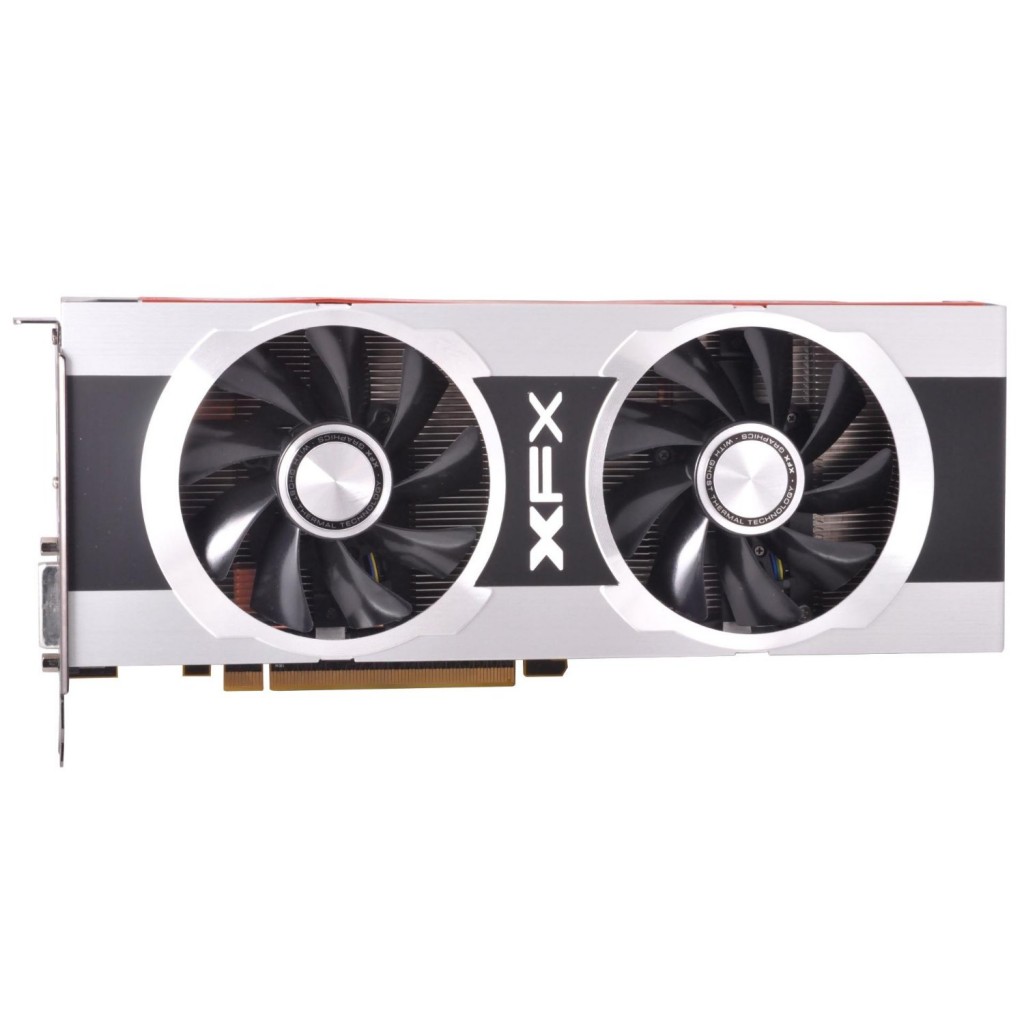It’s rare that our first look at a new architecture, GPU, and manufacturing process all coincide in the form of an overclocked, non-reference graphics card. In fact, we’d even go so far as to say it’s a first for CPU. AMD decided to go for the jugular with its first 28nm graphics card, the AMD Radeon HD 7970. The enthusiast level GPU in this card consists of 4.31 billion transistors built around AMD’s new GCN (Graphics Core Next) architecture, which is optimized for GPGPU as much as it is for pushing frames and rendering polygons.
This GPU, code-named “Tahiti,” is our first taste of what AMD has planned for the Southern Islands family of GPUs. Cards based on this GPU will utilize a large 384-bit memory bus (the Radeon HD 6970 only had a 256-bit bus), and the reference design calls for 3GB of GDDR5. The reference design has a memory clock of 1,375MHz, a core clock of 925MHz, 2,048 stream processors, 128 texture units, and 32 ROPs. It’s also compatible with PCI-E 3.0.
But XFX doesn’t just leave it at that. The enclosed heatsink shroud on the reference card is gone in favor of a dual-fan open heatsink, which XFX calls “Double Dissipation,” for obvious reasons. The card also features solid state capacitors, ferrite core chokes, two ounces of copper in the PCB, dust-free Duratec IP-5X fans, and an XFX logo on the bracket grille. You expect higher clocks from a Black Edition card, and you won’t be disappointed here. The core and memory clocks get 75MHz and 50MHz increases, respectively. The interesting thing about this overclock is that XFX managed to achieve it without dramatically increasing the wattage. Power comes to this card via 8- and 6-pin PCI-E power connectors.
XFX’s R7970 Black Edition Double Dissipation card comes with a CrossFire bridge, driver CD, quick installation guide, an HDMI-to-single-link-DVI adapter, XFX door hanger (with the serial number on it to register the card), and an flashy XFX Black Edition case badge. Eyefinity enthusiasts take note: You can’t run this card with three DVI monitors without first picking up an active mini DP-to-DVI adapter. The card features a 2 year warranty, but you can bump that to a lifetime warranty as long as you register within 30 days.
XFX R7970 Black Edition Double D vs Radeon HD 6970
To give you an idea of how the XFX R7970 Black Edition Double Dissipation compares to AMD’s previous flagship GPU, we ran it against the stock-clocked Radeon HD 6970. As you can see, there are solid gains in all categories, between both the synthetic and real-world tests. Unigine Heaven showed some of the biggest gains, which bodes well for GCN’s ability to handle
tessellation in games. Although XFX’s card commands a $50 premium compared to the reference Radeon HD 7970, we think XFX makes a compelling argument for why this card is totally worth it.
[amzn_product_inline asin=’B006W3ZU4U’]





